Of the many lasting legacies of the 60s counterculture, the most surprising is the impact on how America eats. It’s an undeniable outcome of the activist era that touched every corner of society. The change started with Alice Waters at her restaurant, Chez Panisse, in Berkeley, California.
 In the shadow of the political activism at UC Berkeley, Waters opened Chez Panisse in 1971 and forever changed the American table. Neither trained chef nor restaurant veteran, she had a passion for fresh, delicious, carefully prepared meals like those regularly enjoyed by the French.
In the shadow of the political activism at UC Berkeley, Waters opened Chez Panisse in 1971 and forever changed the American table. Neither trained chef nor restaurant veteran, she had a passion for fresh, delicious, carefully prepared meals like those regularly enjoyed by the French.
From the street, the restaurant is unassuming, but a second look lets you know that something different is going on here. A large bunya-bunya tree almost obscures the carved, unpainted, arching sign – you could walk right past it. But an eye-catching decorative iron screen reveals a small courtyard and a timbered entrance. Inside, the cozy craftsman-style interior is filled with detailed woodwork and lush flower arrangements.
Chez Panisse, with it’s multi-course, no choice, menu that changes daily, began as a French restaurant, not all classical and saucy, but ingredient driven with fresh, local food simply prepared. Over the years scope has widened to include the south of France and Italy, becoming more broadly Mediterranean. At the same time, it has been at the forefront of the eating revolution, sourcing local, organic, seasonal food and crediting the producers on the menu.
We peeked into the downstairs, dinner-only Chez Panisse dining room. Even at noon the open kitchen was fully staffed and bustling with dinner preparations. We were invited to walk past the cooks trimming artichokes, stirring soups, and roasting meats for a peek into the pastry kitchen. The cost of the four course dinner is up from $3.95 in 1971 to $75 to $125 these days.
The Chez Panisse Cafe, up a long flight of stairs on the second floor,. is filled with light, lined with mirrors, in high craftsman style. The open kitchen with its wood fired oven and grill, divides the narrow space roughly in half.
The Cafe, open for both lunch and dinner, is the more casual Chez Panisse option but still a restaurant at the very highest level. The tempting a la carte menu also includes a three-course, fixed-price Menu du Jour ($33). Service is well-organized and impeccable. The knowledgeable staff is eager to talk about the provenance of the food.
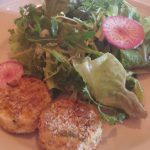 I started with the delicious baked Andante Dairy goat cheese salad ($14), a dish that has been on the menu every day in one form or another since the Cafe opened in 1980. Marsha couldn’t resist the cardoon soup ($10), a puree made from the stalks of artichokes.
I started with the delicious baked Andante Dairy goat cheese salad ($14), a dish that has been on the menu every day in one form or another since the Cafe opened in 1980. Marsha couldn’t resist the cardoon soup ($10), a puree made from the stalks of artichokes.
Mt. Lassen trout ($32) was pan-seared and served with a tangle of fresh watercress, artichokes, red-fleshed potatoes, and Meyer lemon aioli. Our server, Megan, had been camping near Mt. Lassen and told us all about the trout’s volcanic, mineral-rich water source. My casarecci house-made pasta ($23) was sauced with a deeply flavored short rib ragu, fresh sweet peas, and Pecorino cheese.
After our look into the bakery, dessert was a must. The flaky, buttery, crisp crust of my galette ($12) cradled Pink Lady apple slices dotted with sour cherries and came with vanilla ice cream – house made, of course. Marsha ordered Lindsey’s almond cake ($12),
improbably both dense and light at the same time and delicately flavored with almond. With just-picked flavor, the accompanying huckleberry ice cream and coulis were a sweet-tart foil to the rich cake. I tried to wheedle out the cake recipe, but no luck.
From the first day, Alice Waters insisted on high quality ingredients. She defined quality by freshness and naturalness and then carried the idea one step further, insisting on seasonal, small scale agriculture. The Chez Panisse kitchen introduced us to ingredients exotic then, but common today: extra-virgin olive oil, radicchio, Sherry vinegar, and fresh pasta to name a few
If you’ve cruised the organic aisle at the supermarket, shopped at a local farmer’s market and met the farmer, had any locally baked artisanal bread or farmstead cheese made on a nearby farm – you can thank Alice. You can thank her for eating in very good, but casual restaurants where the atmosphere is relaxed and the focus is on the food, and you can also thank her for introducing open kitchens and wood-fired ovens. Paul Freedman recognized the impact of Chez Panisse in his book, Ten Restaurants that Changed America.
Waters’ commitment to food activism is ongoing. These days, she’s dedicated to improving school food and nutrition through her Edible Schoolyard program, supporting local farmers, and encouraging sustainable growing practices.
The sentence at the bottom of the Chez Panisse Cafe menu sums it up, “The food we serve comes from farms, orchards, ranches, and fisheries guided by principles of sustainability.” And, by the way, it tastes great!
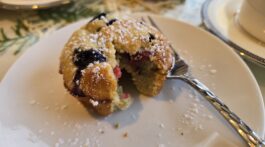







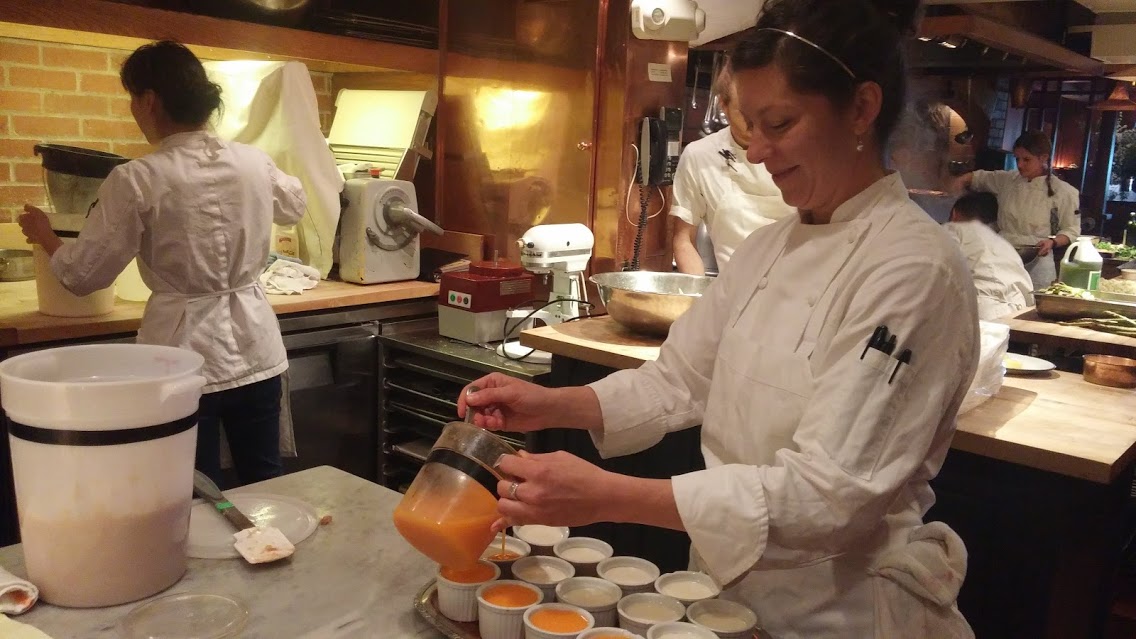

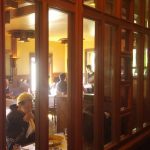
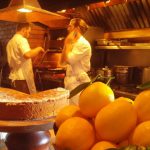


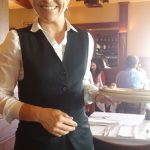
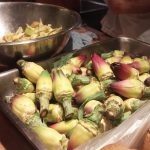
No Comment